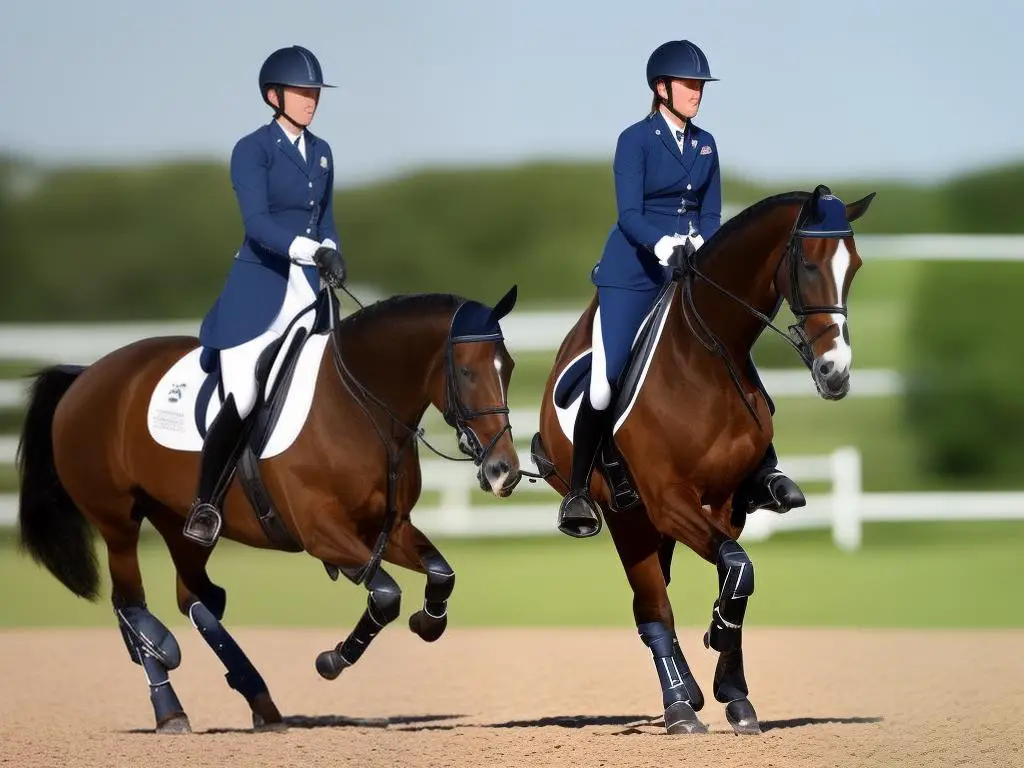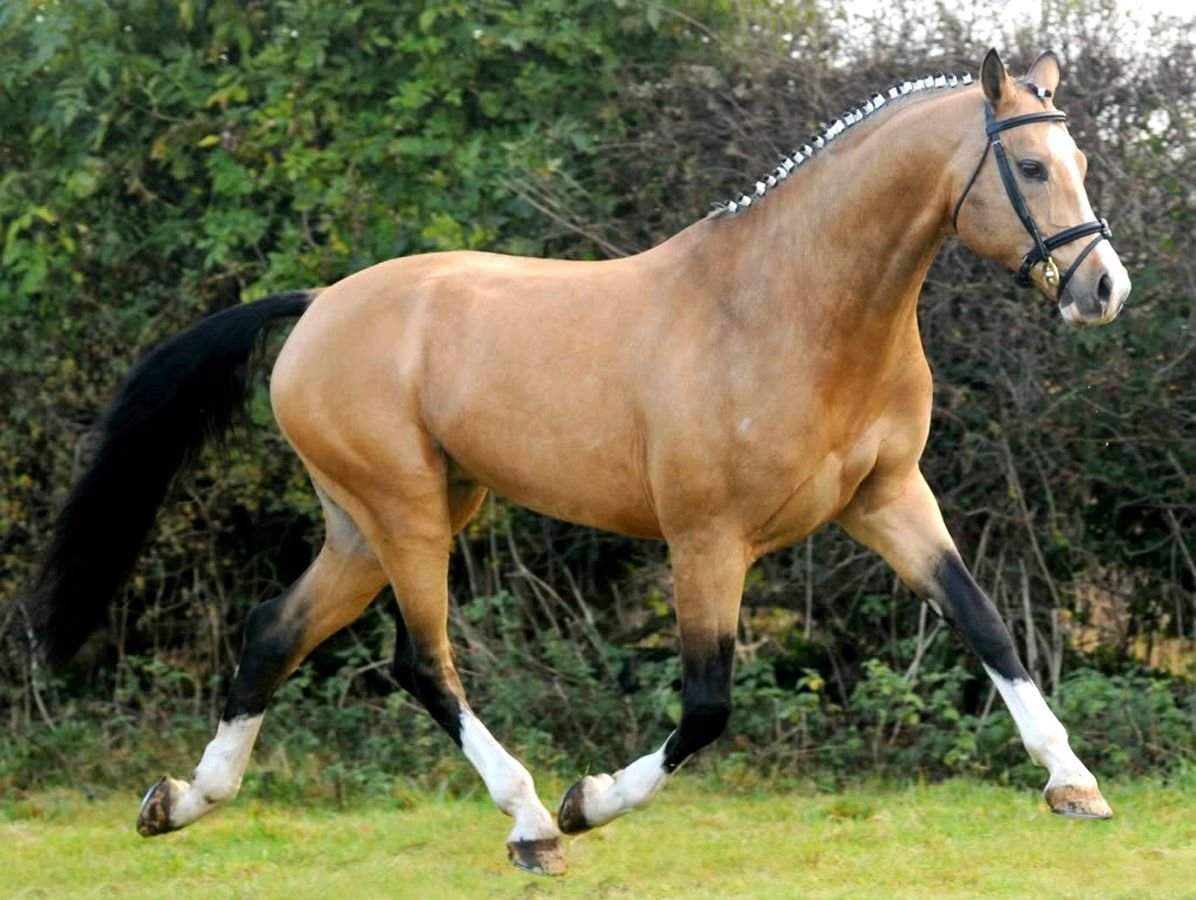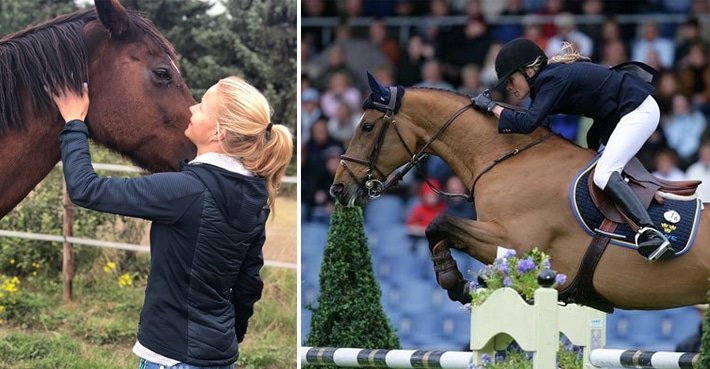Warmbloods are a group of horse breeds known for their athleticism, versatility, and striking appearance. While they are most commonly associated with disciplines like dressage, show jumping, and eventing, their role in horse racing is often overlooked. Understanding the history of warmbloods and their involvement in racing sheds light on the unique characteristics that make them exceptional athletes in a variety of equestrian sports.
Origins of the Warmblood
The term “warmblood” refers to a broad category of horse breeds that emerged from a mix of cold-blooded draft horses and hot-blooded Arabians and Thoroughbreds. This combination resulted in horses that possessed the strength and stamina of draft breeds, combined with the speed and agility of the more spirited hot-bloods. The development of warmbloods began in Europe in the 17th century, particularly in countries like Germany, the Netherlands, and Belgium.
Over time, warmbloods were bred for specific purposes, including farm work, cavalry service, and sport. Their versatility made them the preferred choice for disciplines requiring both power and finesse, such as dressage, eventing, and show jumping. However, their background and characteristics also make them suitable candidates for certain types of racing.
Warmbloods vs. Thoroughbreds in Horse Racing
While Thoroughbreds dominate flat racing, warmbloods have played a more specialized role in the sport. Historically, warmbloods were occasionally used in steeplechase races, where their endurance and jumping ability made them suitable for the demanding nature of this type of racing.
The Influence of Thoroughbreds on Warmbloods
Warmbloods owe a significant part of their athleticism to Thoroughbreds, as the latter’s speed and stamina have been incorporated into warmblood breeding programs over the years. Some warmbloods are crossbred with Thoroughbreds to enhance racing traits, particularly in events like steeplechasing, where endurance and jumping ability are crucial.
However, unlike Thoroughbreds, which are bred specifically for speed over short distances, warmbloods are typically bred with a more balanced approach, favoring stamina and strength. This makes them better suited for disciplines that require power and agility rather than pure sprinting speed.
The Role of Warmbloods in Modern Racing
Today, warmbloods are less commonly seen in flat racing but still participate in other forms of racing. Here’s a look at how warmbloods contribute to modern horse racing:
1. Steeplechase Racing
Steeplechase racing, which involves horses jumping over obstacles like fences and ditches, is one area where warmbloods are still relevant. Their strong, muscular builds and agility make them adept at handling the physically demanding nature of this sport. Some warmblood breeds, like the German Warmblood and Holsteiner, are known to excel in this type of racing due to their powerful hindquarters and excellent jumping technique.
2. Endurance Racing
Endurance racing, which tests a horse’s stamina and ability to cover long distances, is another area where warmbloods have shown their capabilities. These races can span up to 100 miles and require horses to maintain a steady pace over varied terrain. Warmbloods, with their mix of stamina and strength, are well-suited for this sport. Their endurance, combined with a calm and cooperative temperament, allows them to thrive in these long, grueling events.

Breeding Warmbloods for Racing Potential
Though not bred specifically for flat racing, warmbloods with racing potential have been selectively bred over the years. Breeders often focus on combining the traits of hot-blooded Thoroughbreds with the power and endurance of cold-blooded horses. The goal is to produce horses that can handle the rigors of steeplechasing, endurance racing, or other athletic competitions.
Breeding programs for warmbloods have incorporated Thoroughbreds to enhance speed, stamina, and athleticism. The offspring of these crosses are often referred to as “warmblood-Thoroughbred crosses,” and they are commonly used in disciplines that require a combination of speed, strength, and endurance.
Notable Warmbloods in Racing
While not as prevalent as Thoroughbreds in racing circles, there have been a few notable warmbloods that have made an impact in horse racing. Some of these horses come from breeds like the Holsteiner or the Hanoverian, both of which are known for their athleticism and versatility.
One example is the Holsteiner breed, which has produced a number of successful racehorses, particularly in steeplechase events. The breed’s strong jumping ability and stamina make them ideal candidates for this type of racing.
The Future of Warmbloods in Horse Racing
While warmbloods may not dominate flat racing, their role in steeplechase and endurance racing is likely to continue, especially as more breeders focus on creating horses that are not only versatile in the show ring but also competitive on the racecourse. Additionally, the growing popularity of alternative forms of racing like endurance events could see an increase in warmbloods participating in these disciplines.
Conclusion
Warmbloods may not have the same historical dominance in flat racing as Thoroughbreds, but their strength, stamina, and versatility have made them valuable competitors in steeplechase and endurance racing. Through careful breeding and crossbreeding with Thoroughbreds, warmbloods continue to evolve as exceptional athletes in various equestrian disciplines, including horse racing.
Though their role in racing may not be as high-profile as other breeds, warmbloods’ ability to excel in endurance-based events and their natural jumping ability ensures they remain a vital part of the equestrian world, both in the arena and on the racetrack.











